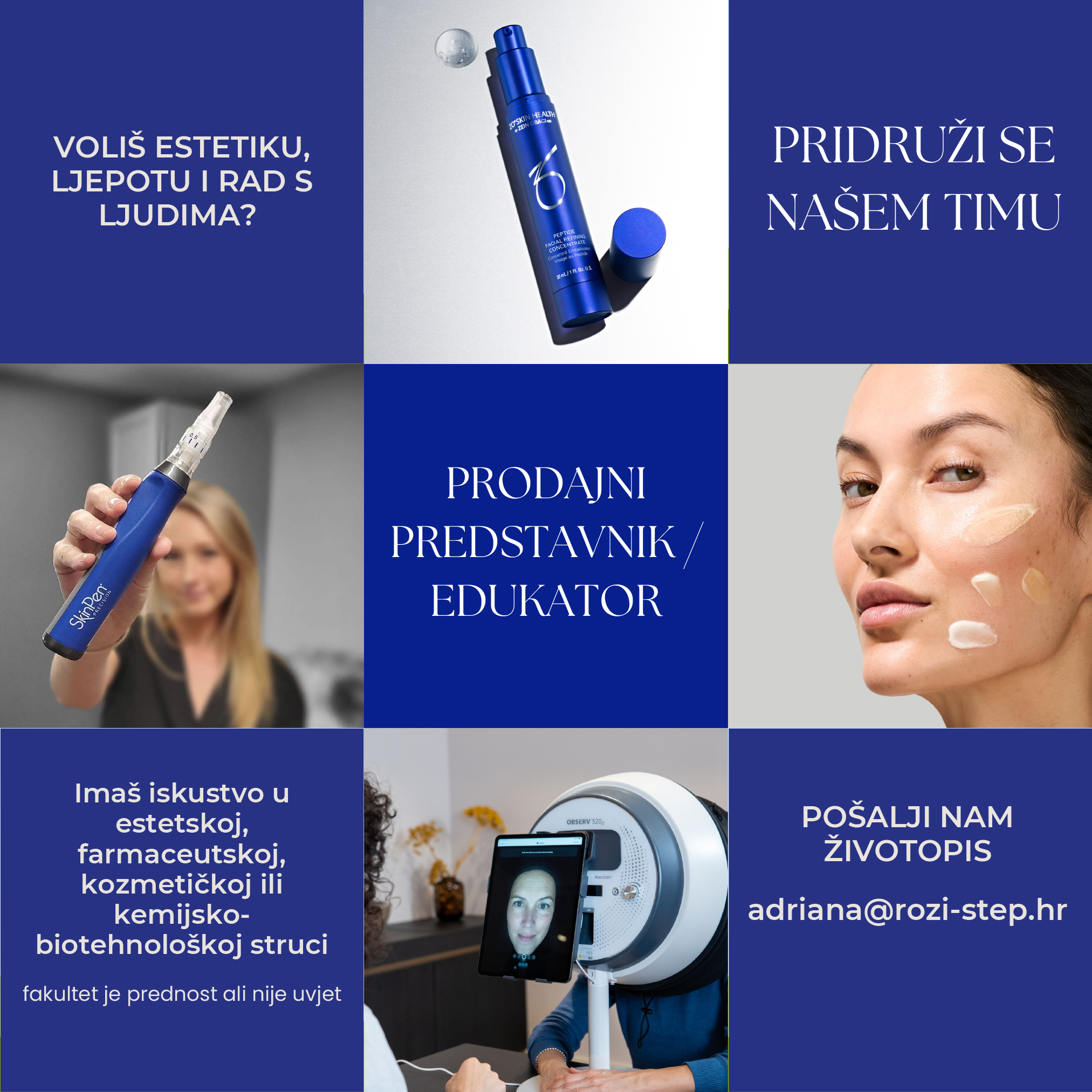 Moja Ortopedija Rozi Step
Moja Ortopedija Rozi Step

Think You Don’t Need SPF On a Cloudy Day?
Absolutely wrong. When your mother told you that you need to wear sunscreen every day, she was right!
UV radiation from the sun comes directly through the clouds—not to mention through an office or car window—and 70% of all UV damage is from casual exposure or unintended sun on your skin. The odds of getting a sunburn are slight, as the UVB rays are short and will not have a direct affect on the skin. However, the UVA rays are very long and penetrate deep into the lower layers of the skin where new skin cells, collagen, and elastin are formed.
Here’s an easy way to remember the difference. For UVB rays, think “B” for Burning—these rays will burn or tan your skin. For UVA, think “A” for Aging—skin color won’t change, but the rays will cause premature aging. And that’s not all.
When the DNA in the skin cell is damaged by UVA radiation, you have the potential for many types of skin cancer and advanced photo-aging. Within each skin cell, on the DNA helix, there is a “damage receptor”. When the cell is struck by UVA radiation from the sun, the receptor tells the cell it is damaged, and the cell self-destructs and goes away. When the receptor itself is struck, there is no message back to the cell that something is wrong. The damaged cell now duplicates itself, and starts a chain reaction, producing many more damaged cells. This is when the signs of skin aging begin.
Be sure to use an SPF 30, which is considered maximum protection. Choosing a sunscreen that uses physical blocks (like zinc oxide and titanium dioxide) are excellent ways to protect your skin from UV damage. ZO Skin Health by Zein Obagi, M.D. uses not only zinc and titanium, but also adds melanin—a natural, photo-protective agent with antioxidant properties.


